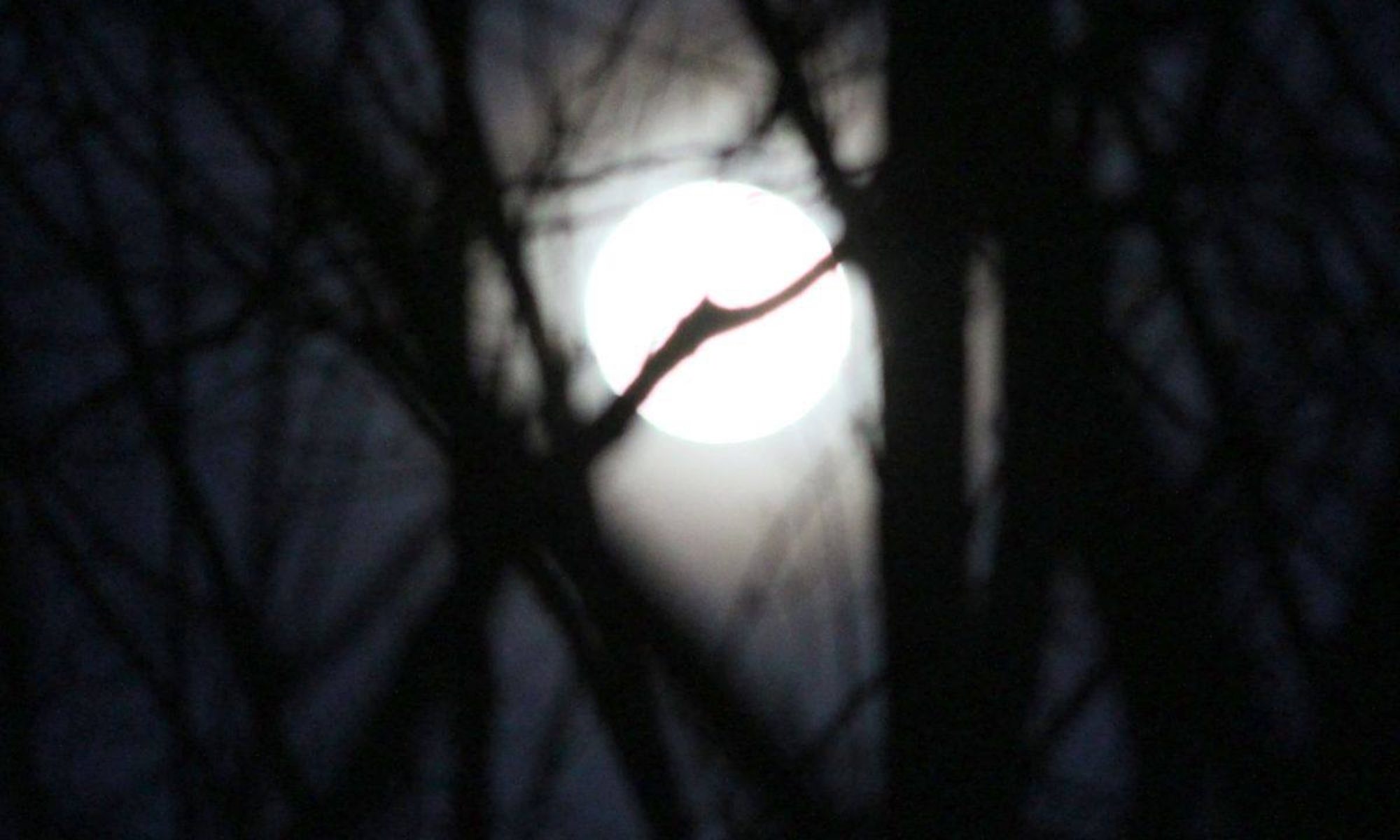Don’t look now, but…
We’ve rounded the corner on sunsets. From December 5 through December 13, they were at 4:29 p.m. As of December 9, they are once again getting LATER, not earlier, and yesterday, sunset time advanced from 4:29 p.m. to 4:30.
The days continue to get shorter until December 22.
SUNRISES continue to get later until January 1. They’re the latest from 7:36 a.m. from then through January 6. They get earlier again (7:35 a.m.) on January 7.
(And yes. They lapse later, when we return to Daylight Saving Time: We’re back to 6:29 a.m. on March 7, only to ‘spring forward’ to 7:27 a.m. on March 8.)
